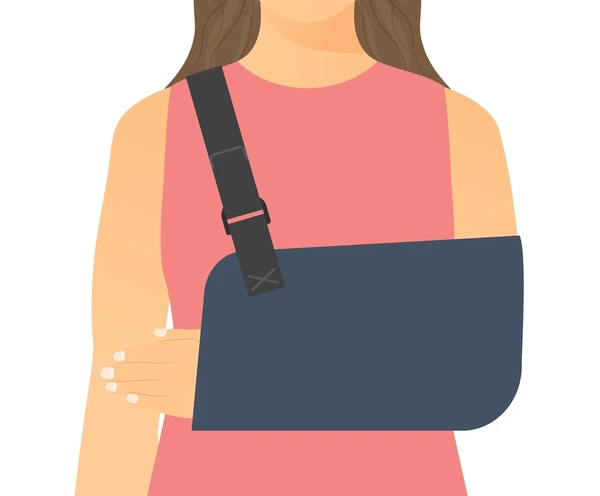There is currently a lot of controversy about the best type of rotator cuff repair, particularly with regard to whether the repair is single-row or double-row. In a single-row repair, anchors are placed in the humeral bone in a single line or row (typically 2 anchors) and sutures are passed through the rotator cuff and tied to bring the tendon down to bone and promote healing. In the double-row repair 2 rows of anchors are placed. First, a row of anchors (usually 2) are placed near the cartilage of the humeral head and sutures are passed through the rotator cuff. Then, these sutures (tied or untied) are brought out to 2 anchors more laterally.Biomechanical studies have repeatedly shown that the double-row repair is stronger and restores the footprint or contact area of the rotator cuff more closely to normal anatomy compared to a single-row repair. However, controversy exists about whether a double-row repair leads to a better result since the double-row is more costly (more anchors used = greater cost) and more technically difficult.
- A study by Ma et al., for instance, reported that there was no difference in function 2 years after surgery between a single-row and double-row repair (See Article). However, healing was 77% in the double-row group compared to 63% in the single-row group.
- DeHann et al. reviewed multiple articles and found a retear rate of 43% after single-row repairs, compared to only 27% after double-row repairs. We previously showed that among massive tears a double-row repair was 4.9 times more likely to lead to a good or excellent outcome compared to a single-row repair (See Article). In summary, while the difference in functional outcome is unclear, there is clearly a higher healing rate for a double-row compared to single-row rotator cuff repair.
Several studies have separately demonstrated that long-term functional outcome is better when the rotator cuff is healed following repair. I would therefore argue that our goal should be to restore anatomy as closely as possible and achieve healing of the rotator cuff repair. Currently, a double-row repair leads to higher healing rates and because of this I use a double-row repair whenever possible (when there is enough tendon mobility) to achieve the best possible results in my patients.
Similar posts



